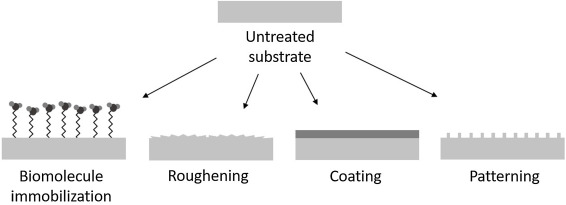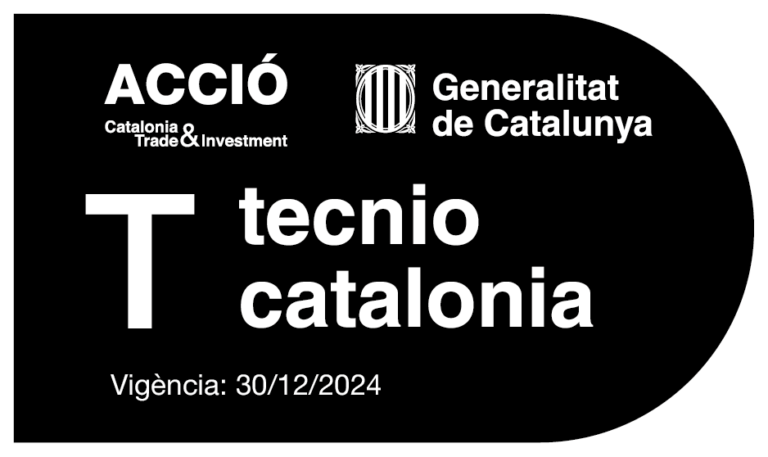Garrido, B.; Dosta, S.; Cano, I.G. (2021). Bioactive glass coatings obtained by thermal spray: Current status and future challenges. Boletín de la Sociedad Española de Cerámica y Vidrio, Vol. 60 (2). Doi: https://doi.org/10.1016/j.bsecv.2021.04.001 Open access link: https://www.sciencedirect.com/science/article/pii/S0366317521000327
Abstract: Several inorganic materials such as bioactive glasses, glass–ceramics and calcium phosphates have been shown to be bioactive and resorbable which make them suitable for coating bone implants. This study focuses only on bioactive glasses. These biomaterials are highly biocompatible and can form a strong chemical bond with the tissues. This review comprehensively covers bibliographic reports that have investigated bioactive glass deposition using different thermal spray techniques. The main drawback for the glass coating deposition is the low adherence with the substrate. Some strategies can favour a good bond such as using bond coats, blends, pre-heating the substrate or modifying the glass composition. The characteristics of the feedstock powders are determinant for the properties of the coatings obtained. Porosity and thickness of the coatings can be modulated by using different thermal spray techniques and varying parameters of the process. The degradation rate of some bioactive glasses can achieve kinetics similar to the new bone formation. Taking advantage of its dissolution capacity, glasses can be doped with functional elements. While several biological studies have been performed with bioactive glass materials, there has been relatively little research on the biological response of coated glasses by thermal spray techniques. Research studies have demonstrated the opportunities of this promising material to enhance the bioactivity of the implants.

Keywords: Bioactive glass; Thermal spray; Coatings; Implants; Bioactive coating







